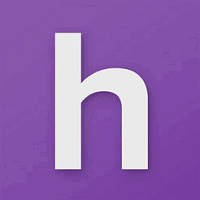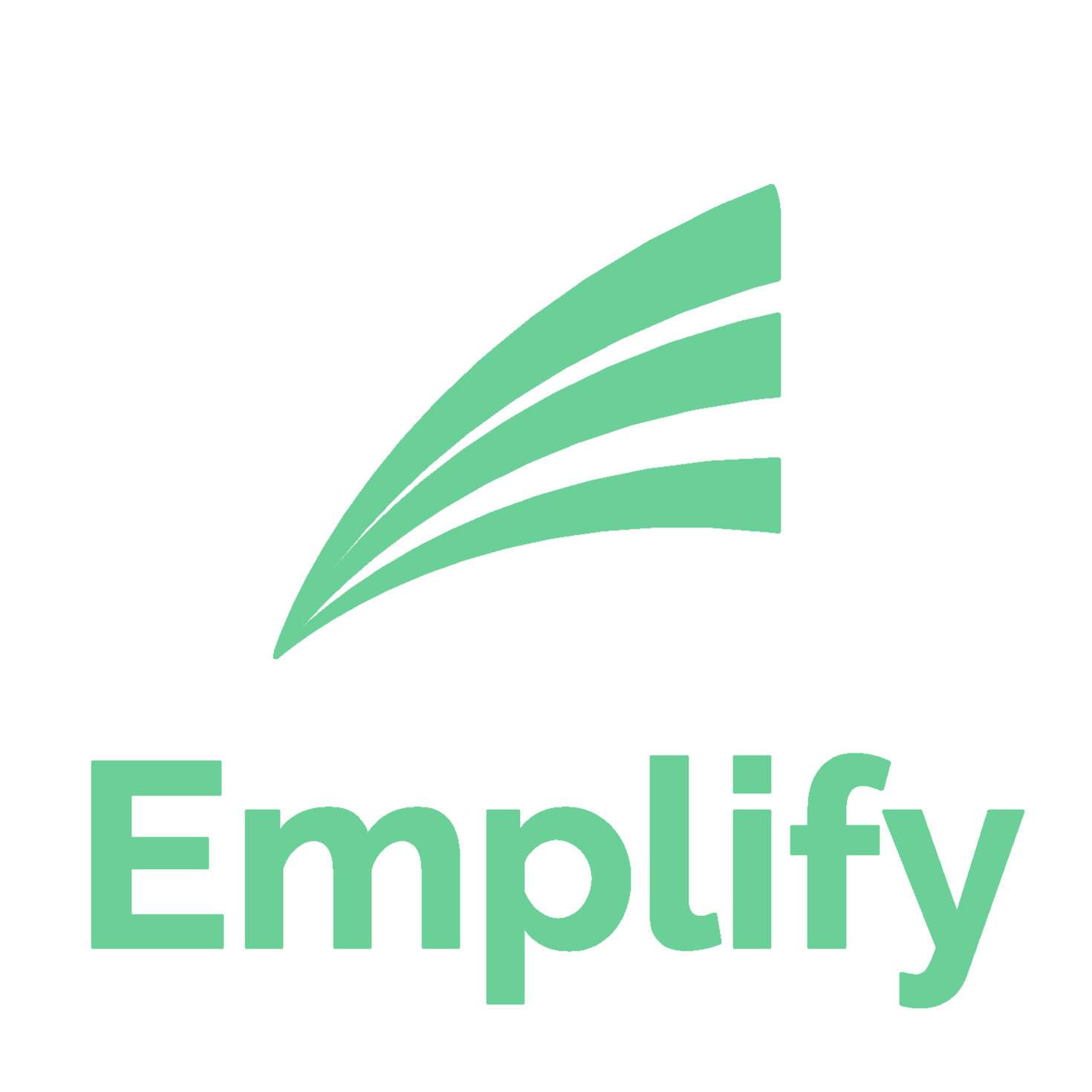Description

Employee Navigator

KServeHRMS
Comprehensive Overview: Employee Navigator vs KServeHRMS
Employee Navigator
a) Primary Functions and Target Markets
Employee Navigator is a cloud-based human resources software solution that primarily focuses on employee benefits management, HR management, and compliance. It is designed to streamline HR processes for insurance brokers, employers, and their employees. The primary functions include:
- Benefits Administration: Simplifies the management of employee benefits, open enrollments, and life events.
- Compliance Management: Helps companies stay compliant with regulations like ACA, COBRA, and HIPAA.
- HR Management: Manages employee onboarding, employee records, time-off tracking, and more.
The target market for Employee Navigator predominantly includes insurance brokers, small to midsize companies, and HR departments looking for efficient tools to manage employee benefits and HR functions.
b) Market Share and User Base
Employee Navigator has established itself as a popular choice among small to midsize organizations, especially those focusing on benefits administration. Its market share is generally strong among brokers who recommend the platform to their clients. However, specific market share figures and user base numbers are not typically disclosed by privately held companies like Employee Navigator.
c) Key Differentiating Factors
- Integration with Brokers: Employee Navigator has a strong focus on collaboration with insurance brokers, offering features and support that align with their workflows.
- Ease of Use: Known for a user-friendly interface, it is particularly appealing to smaller companies that may not have dedicated HR IT resources.
- Compliance Tools: Offers robust compliance management tools tailored for meeting U.S. regulatory requirements.
KServeHRMS
a) Primary Functions and Target Markets
KServeHRMS is a comprehensive human resource management solution that offers a suite of tools for managing various HR processes. Its primary functions include:
- Core HR & Payroll: Streamlines HR administrative processes and payroll management.
- Talent Management: Includes recruitment, onboarding, performance management, and training modules.
- Workforce Analytics: Provides insights into workforce metrics, aiding in strategic decision-making.
The target market for KServeHRMS includes a broader range of enterprises, from small to large organizations, particularly those that need extensive HR functionalities beyond benefits administration.
b) Market Share and User Base
KServeHRMS tends to focus on a wider market with its set of features. While specific numbers on market share and user base are not readily available, it generally targets companies looking for a robust, all-in-one HRMS solution. As it addresses broader HR needs, it may appeal more to mid-sized to larger organizations compared to Employee Navigator.
c) Key Differentiating Factors
- Comprehensive HR Solution: Unlike Employee Navigator, which focuses heavily on benefits administration, KServeHRMS offers a comprehensive suite covering the entire employee lifecycle.
- Scalability: Designed to cater to a variety of enterprise sizes, it is scalable to meet the needs of growing organizations.
- Customization and Localization: Offers more options for customization to fit specific organizational needs and supports localization, which can be beneficial for international operations.
Overall Comparison
Employee Navigator and KServeHRMS cater to different needs within the HR ecosystem. Employee Navigator shines in benefits administration with a strong appeal to small to midsize companies and brokers. Conversely, KServeHRMS provides a broader HR suite that may attract larger enterprises needing comprehensive workforce management solutions. When evaluating each solution, potential users should consider their specific HR needs, company size, and the level of integration they require with their existing processes.
Contact Info

Year founded :
2008
+1 301-583-5180
Not Available
United States
http://www.linkedin.com/company/employee-navigator

Year founded :
2003
+91 44 4261 5064
Not Available
India
http://www.linkedin.com/company/kservehrms
Feature Similarity Breakdown: Employee Navigator, KServeHRMS
When comparing Employee Navigator and KServeHRMS, both of which are popular HR management solutions, it's important to evaluate core features, user interfaces, and unique differentiators.
a) Core Features in Common
Both Employee Navigator and KServeHRMS offer a range of functionalities that are essential for HR management, including:
-
Employee Information Management: Both platforms allow for storing and managing employee data including personal details, job roles, and employment history.
-
Payroll Management: Integration or built-in features for handling payroll processes, including deductions, benefits, and tax calculations.
-
Benefits Administration: Tools to manage employee benefits such as health insurance, retirement plans, and other perks.
-
Attendance and Leave Management: Features to track employee attendance, manage leave requests, and ensure compliance with leave policies.
-
Onboarding and Offboarding: Capabilities to assist with the onboarding of new employees and the offboarding process when employees leave.
-
Compliance Management: Mechanisms to help ensure that the organization is in compliance with labor laws and regulations.
b) User Interface Comparisons
-
Employee Navigator:
- Known for its intuitive and user-friendly interface.
- The design is straightforward, helping users navigate the system easily.
- Offers a dashboard with key metrics and quick access to core functionalities.
-
KServeHRMS:
- Provides a highly customizable interface, catering to specific organizational needs.
- May have a slightly steeper learning curve if highly customized.
- Focuses on providing detailed reporting and analytics through its interface.
c) Unique Features
Employee Navigator:
- Benefit Carrier Integration: One standout feature is its seamless integration with numerous benefit carriers, easing the benefits management process significantly.
- Benefits Marketplace: Offers access to a marketplace for various benefit providers, allowing for more options and flexibility.
- Focused on SMBs: Particularly tailored for small to medium-sized businesses, providing an affordable and scalable solution.
KServeHRMS:
- Highly Scalable and Customizable: KServeHRMS is known for its ability to customize the platform extensively to fit specific organizational processes and requirements.
- Advanced Analytics: Offers robust analytics tools that can provide in-depth insights into various HR metrics.
- Broader Enterprise Resource Planning (ERP) Integration: Often part of a larger suite that can integrate with ERP systems, making it suitable for larger enterprises that need a comprehensive solution across departments.
In summary, while both Employee Navigator and KServeHRMS share many core HR management features, they cater to slightly different audiences due to unique features and differences in user interface and scalability. Employee Navigator is ideal for small to medium businesses looking for straightforward solutions, particularly in benefits management, while KServeHRMS is better suited for larger organizations needing extensive customization and integration capabilities.
Features

Not Available

Not Available
Best Fit Use Cases: Employee Navigator, KServeHRMS
Employee Navigator and KServeHRMS are both HR software solutions designed to streamline human resource management processes, but they cater to slightly different needs and organizational contexts. Here's a breakdown of their best-fit use cases:
Employee Navigator
a) Best Fit for Employee Navigator:
- Types of Businesses or Projects: Employee Navigator is particularly well-suited for small to medium-sized businesses. Its primary focus is on benefits administration, compliance, and human resource management, making it a great choice for businesses that require a robust system to handle employee benefits, onboarding, and record keeping without the complexity of enterprise-level systems.
- Industry Verticals: It appeals to various industries such as healthcare, professional services, technology startups, and other sectors where benefits administration and compliance are critical.
- Company Sizes: Small and medium enterprises (SMEs) with a workforce ranging from 50 to 1,000 employees often find Employee Navigator to be appropriate, especially those that do not have a large, dedicated HR team and are looking for user-friendly, cost-effective HR solutions.
KServeHRMS
b) Preferred Scenarios for KServeHRMS:
- Types of Businesses or Projects: KServeHRMS is an excellent option for larger organizations that need a comprehensive human resource management system encompassing payroll, performance management, recruitment, and employee self-service along with standard HR functions. It's designed to support scalability and customization.
- Industry Verticals: While it caters to a broad range of industries, it is especially beneficial for manufacturing, retail, financial services, and large corporate enterprises where complex HR processes and extensive workforce management are prevalent.
- Company Sizes: Larger organizations or those in growth phases—typically with over 500 employees—benefit from KServeHRMS due to its ability to integrate multiple HR functionalities and handle complex organizational structures.
c) Catering to Different Industry Verticals or Company Sizes:
- Industry Customization: Employee Navigator focuses more on straightforward, essential HR and benefits functions which are adaptable across industries but especially vital in areas with specific compliance needs. On the other hand, KServeHRMS offers a more customizable approach, which is extremely beneficial in industry verticals that require specific HR configurations or modules, like manufacturing or finance.
- Scalability and Flexibility: Employee Navigator is less about extensive customization and more about delivering essential features efficiently to medium-sized businesses. In contrast, KServeHRMS is built to scale and adapt to larger companies with diverse HR needs, offering more flexibility and comprehensive features to accommodate the complexity of large-scale operations.
- User Experience and Complexity: Employee Navigator tends to be more user-friendly for smaller HR teams with its straightforward design, while KServeHRMS may provide advanced features that are better suited for HR departments with dedicated personnel who manage various HR processes.
In summary, the choice between Employee Navigator and KServeHRMS will largely depend on the size of the business, the complexity of HR needs, and the industry-specific requirements. Employee Navigator excels in providing essential HR functionalities to smaller businesses, while KServeHRMS is preferred by larger organizations requiring a more comprehensive and customizable HR management solution.
Pricing

Pricing Not Available

Pricing Not Available
Metrics History
Metrics History
Comparing teamSize across companies
Conclusion & Final Verdict: Employee Navigator vs KServeHRMS
When comparing Employee Navigator and KServeHRMS, it's important to consider a variety of factors such as features, usability, customer support, scalability, pricing, and integration capabilities. Each product has its unique strengths and weaknesses, which can influence which is the best fit for your organization.
a) Best Overall Value:
Employee Navigator often offers better overall value for small to mid-sized businesses primarily focusing on benefits management and compliance. It provides robust features for benefits administration, ACA reporting, and onboarding, often at a competitive cost.
KServeHRMS is a comprehensive HR management system that may offer greater value for larger organizations or those seeking a full suite of HR tools, including payroll processing and performance management. Its extensive functionality might justify a higher price point for businesses with complex HR needs.
b) Pros and Cons:
Employee Navigator:
-
Pros:
- Strong focus on benefits management and compliance.
- User-friendly interface that is easy to navigate.
- Good integration with a variety of insurance carriers and payroll systems.
- Suitable for small to medium-sized businesses with straightforward HR needs.
-
Cons:
- Limited HR functionalities outside of benefits management (e.g., lacks advanced payroll and performance management tools).
- May require additional systems or manual processes for full HR management.
KServeHRMS:
- Pros:
- Comprehensive HR suite covering payroll, recruitment, performance management, and more.
- Highly customizable to fit the specific needs of larger organizations.
- Offers modules that can be scaled and adapted as needs grow.
- Cons:
- Can be complex to implement and may require more extensive training and setup.
- Higher price point, which may not be cost-effective for smaller businesses.
c) Recommendations for Users:
-
Assess Your Needs:
- For companies primarily needing robust benefits management and ACA compliance, Employee Navigator is likely the better choice.
- For those seeking a holistic HR management solution with integrated payroll and performance management, KServeHRMS might provide greater value.
-
Budget Considerations:
- Evaluate both short-term costs and long-term value, including any training and implementation expenses.
-
Scalability:
- Consider the future growth of your organization. KServeHRMS may be better suited to growing companies planning to expand their workforce and requiring more comprehensive HR tools.
-
Integration Needs:
- Ensure that whichever system you choose can seamlessly integrate with your existing systems, especially payroll and accounting.
In conclusion, select Employee Navigator if your primary concern is benefits management and you have simpler HR needs. Opt for KServeHRMS if you need a more comprehensive HR solution that covers a wider range of HR functions, assuming the budget allows for a higher investment.
Add to compare
Add similar companies



